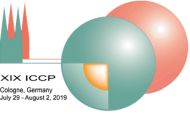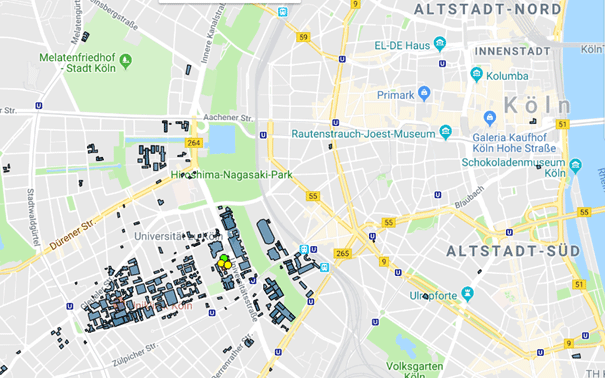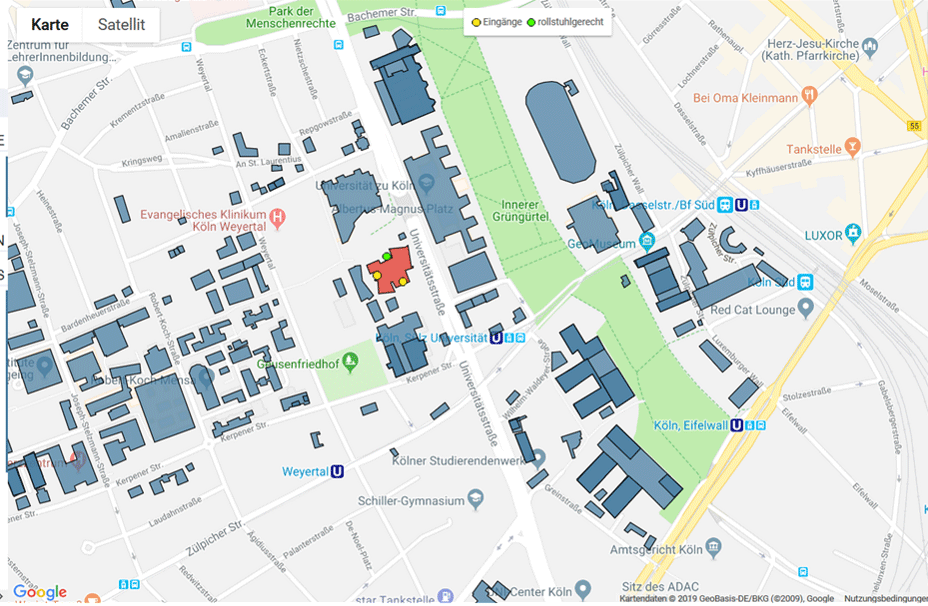Venue
Cologne, the fourth biggest German city, is a vibrant metropolis with somewhat more than one million inhabitants in the western part of Germany. Based on an older local settlement, it was founded by the Romans and is thought to be the oldest city of Germany. During centuries people from many countries met in its open-minded atmosphere. Its flair is due to the unique location at River Rhine, the mixture of modern and historical buildings – the famous cathedral is included in the UNESCO world heritage list, and the many students visiting several universities.
The University of Cologne, which will host the 19th ICCP has almost 50,000 students in six faculties covering the complete spectrum of natural and cultural sciences. Cologne is an ideal base to visit classical Carboniferous localities in the near-by Belgian Ardennes, the German Rhenish Mountains and the Ruhr area. Permian outcrops are somewhat more distant, but easily reached via a dense net of highways. Do not forget additional touristic highlights, including four UNESCO world heritages: scenic “Upper Middle Rhine Valley”, “Germanic-Rhaetic Limes”, the originally 550 km long boundary fortification of the Romans, as well as the rococo castles “Augustusburg” and “Falkenlust”, both only some kilometres south of Cologne.
The congress will take place in the Central lecture hall of the University of Cologne, Building No. 105, Universitätsstrasse 35, D- 50923 Köln. See https://lageplan.uni-koeln.de/#!105
The building is opposite of the main building of the University at Albertus-Magnus-Platz and can be approached across the pedestrian square in front of the latter. For access with public transport use the tramway line No. 9 from the city center (stations Heumarkt or Neumarkt) in direction Sülz and get of at the station Universität. By foot, it will take about 30-45 minutes from the center.


